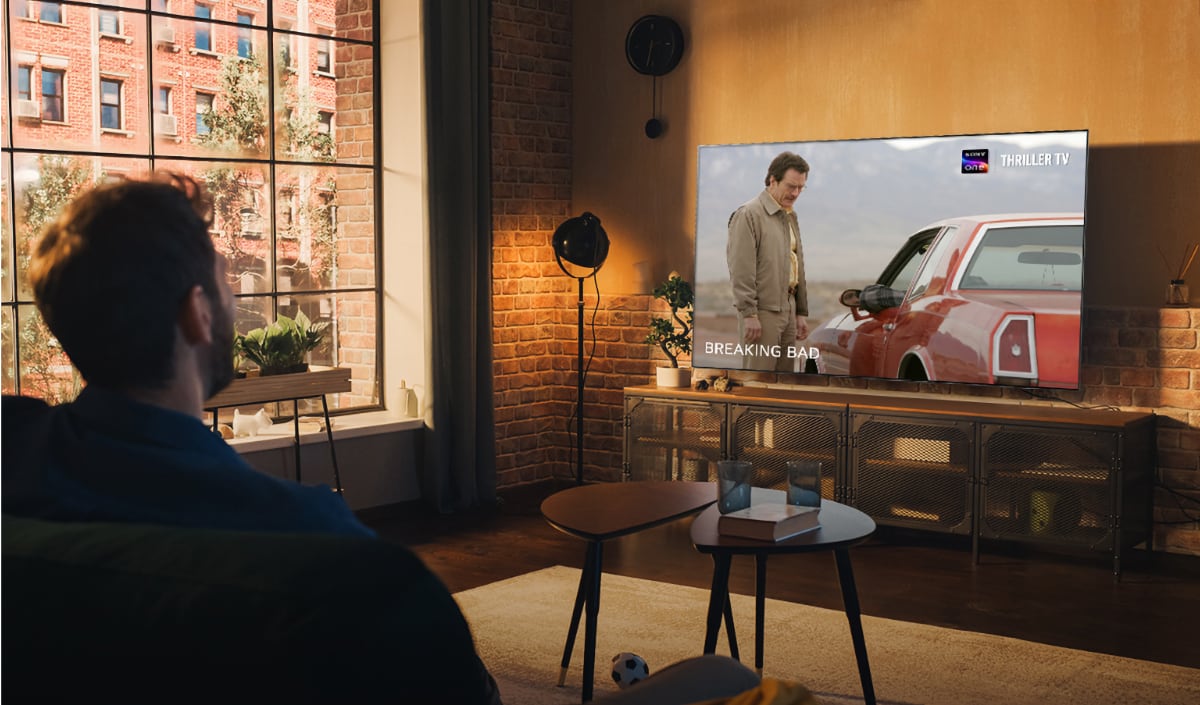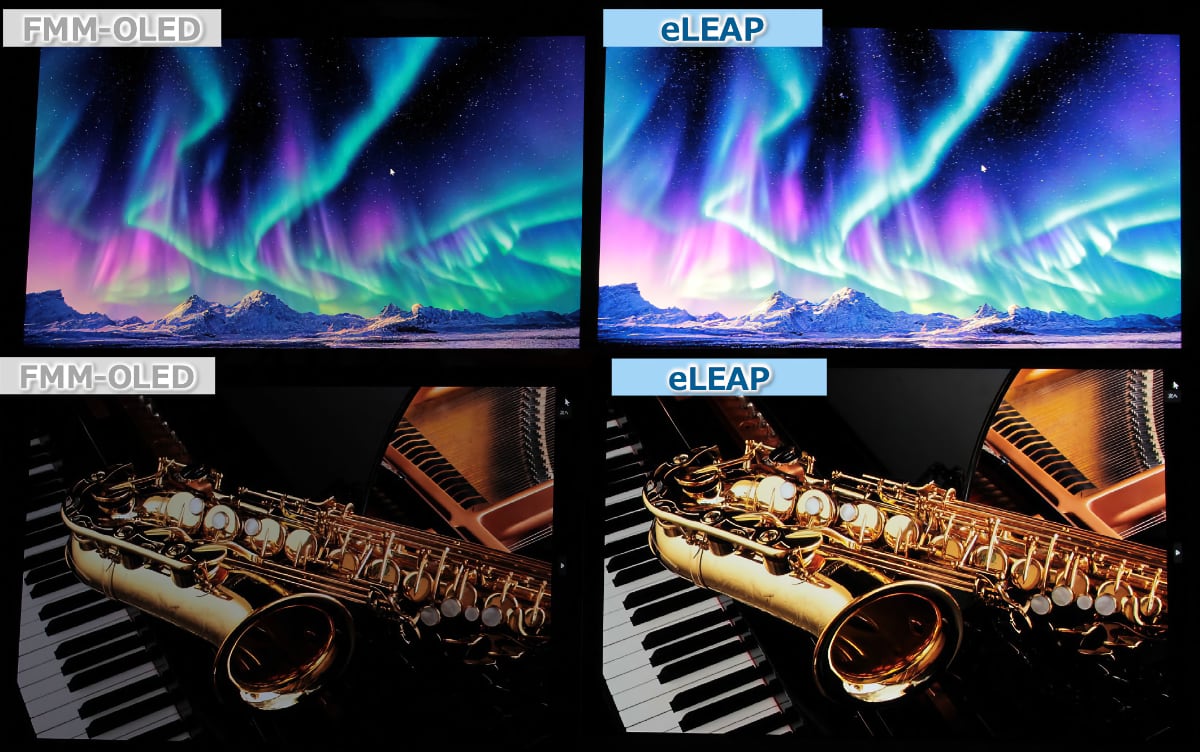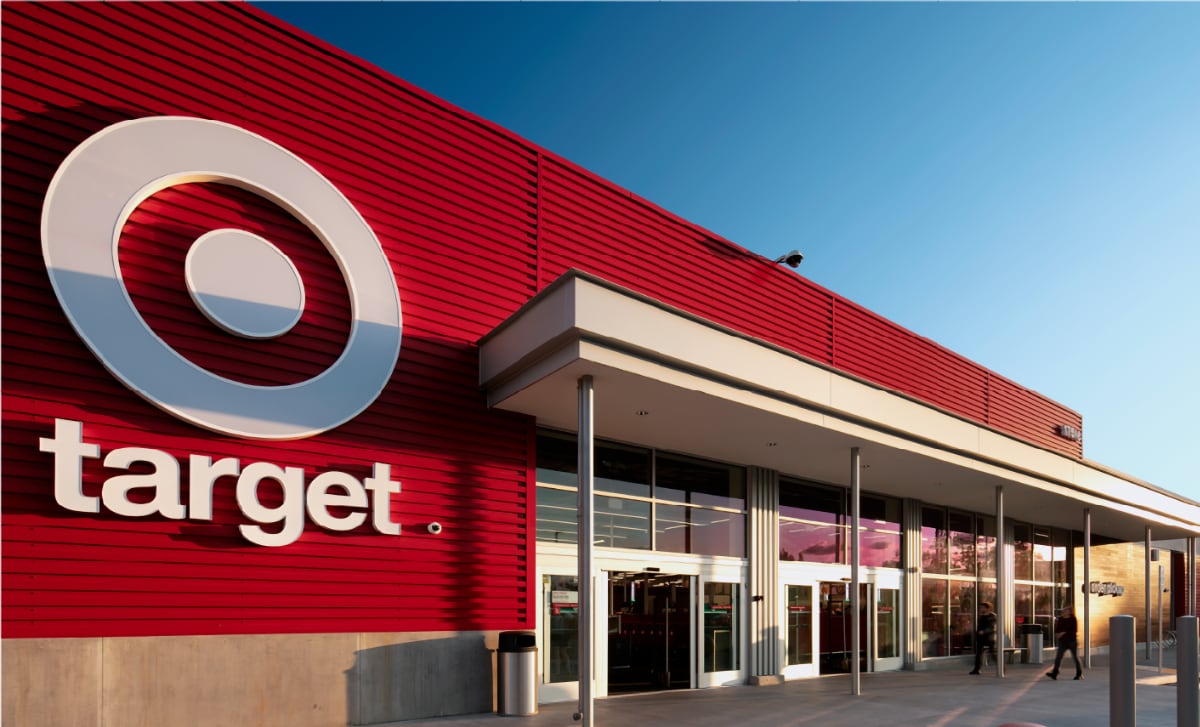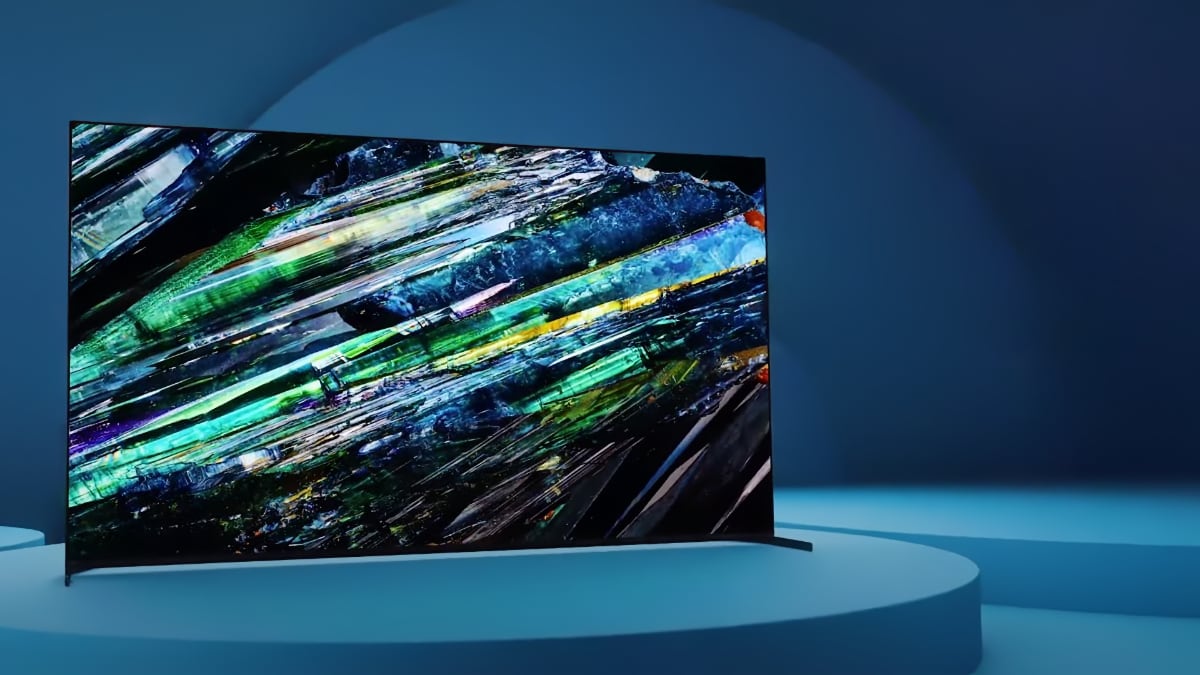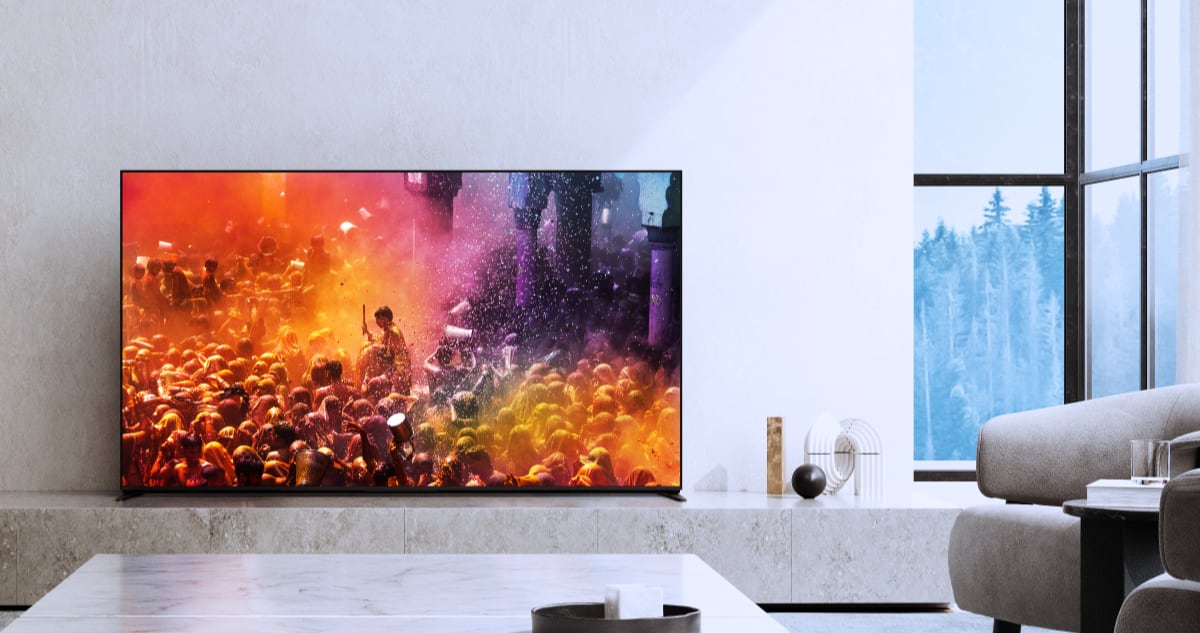The HDR10+ program now has 45 members spanning TV manufacturers, content providers, Hollywood studios, and other companies. TCL, Hisense, Rakuten & ARM are some of the latest to join. IMAX was listed in the first release but later removed.
The HDR10+ ecosystem
Ahead of CES 2019, Samsung has announced that the HDR10+ ecosystem has expanded to 45 industry partners. HDR10+ is a royalty-free HDR video format and has been positioned as a direct alternative to Dolby Vision.
- “With HDR emerging as one of the most important technologies for ultra-high picture quality, Samsung’s HDR10+ format is gaining recognition,” said Hyogun Lee, Executive Vice President of the Visual Display Business at Samsung Electronics. “HDR10+ has already been well-received by major companies across a variety of industries. Samsung will continue to build on this, solidifying our HDR standard technology leadership and maintaining our presence in the global TV market.”
20th Century Fox and Warner Bros have committed to releasing content in HDR10+. There is still no update from Fox but “Warner Bros. Home Entertainment has created over seventy HDR10+ compatible titles so far and plans to have over 100 titles available for digital distribution in HDR10+ by early next year”, it was said.
TCL and Hisense have also joined the HDR10+ initiative but it appears to relate only to the Chinese market - at least for now. Samsung is opening the first HDR10+ test certification center in China and the two Chinese TV makers will use this center to certify products. TCL and Hisense have separate line-ups for the US and EU and it is not clear from the press release whether these products will receive HDR10+ compatibility. Both companies already offer Dolby Vision support.

The IMAX logo was removed
Interestingly, IMAX was listed as a member in an early version of the press release, as can be seen below. The company’s logo was later removed in an updated press release photo. The company recently partnered with DTS to create the ‘IMAX Enhanced’ program. The first discs to be released as IMAX Enhanced are also the first discs in HDR10+.
Content studios or providers such as Rakuten, Megogo, Arspro, and viv have either started to offer content or will soon offer content in HDR10+.
Lastly, it was confirmed that chipset makers ARM has joined and that the Snapdragon 855 will be Qualcomm’s first SoC with HDR10+.
HDR10+ uses dynamic metadata to optimize video on a scene-by-scene basis, similar to how Dolby Vision works. HDR10+ automatically generates the dynamic metadata during the content creation process, which is curiously also LG and Sony’s main argument against supporting HDR10+. They argue that the same effect can be achieved by having the actual TV apply dynamic tone-mapping to standard HDR10 content instead.
HDR10+ was designed by Samsung and later rolled into a joint venture company called HDR10+ Technologies that administers certification and licensing. Samsung has attached some background information on the work that led to HDR10+, which is included in unedited form in the table below.
In Samsung’s words: The story of HDR10+
How It All Started
It all started with a proprietary tone-mapping technology that was developed by the Digital Media Solutions Lab back in 2016.
The tone-mapping algorithm was unique as it was the first in the industry to automatically optimize colors in each scene on displays with limited dynamic range. While the team had originally planned to use the technology as a picture quality differentiator for future products, later that year, when the idea of dynamic tone mapping being the next big thing for HDR10 was the subject of intense debate within the Society of Motion Picture & Television Engineers (SMPTE), the team decided to utilize the technology to develop a new industry standard. A standard that would accommodate device manufacturers, studios and chipmakers, and offer each the freedom they need to innovate.
- “We didn’t set out to build an industry standard from the beginning,” Kim explained. “It was the result of having the right technology in our hands at a time when it was most needed. We knew that by opening it up to the industry, we could accelerate the adoption of a ground-breaking innovation that would truly do justice to creators and their content.”
|
The Challenges
Despite the team’s optimism, creating a new standard was a challenge at first. Even with headquarters and managements’ support at the time, some within the company were skeptical as to whether Samsung would be able to create a viable industry standard that could be adopted by studios, chipmakers and device manufacturers.
- “It was a tough call, but we all understood the significance of creating a new standard,” said Kim. “There was a lot of debate, but everyone came around when they realized that by creating a new standard, we’d also be keeping our promise to our consumers. If the industry relied on just one standard, it would be difficult to update previous HDR10 products.”
The biggest technological challenges laid in creating a mathematical curve that could be used as a base for tone mapping each scene, and figuring out a way to parameterize it into a set of data that could serve as a universal descriptor to represent the tone mapping behavior for a given scene. The mathematical curve not only needed to be optimized for every possible scene, it also needed to be flexible enough to do so. It was therefore important that the team find a curve that would cater to the way studios tend to map their tones: fragmented.
|
Creating a New Standard
After months of research and multiple simulations, the team, led by Dr. Li Tao, finally landed on a mathematical curve that was flexible enough to do the job.
The idea was to mimic the way that studios edit scenes. The Bézier curve turned out to be the perfect choice for replicating fragmentation, which meant that it would represent creators’ intentions more precisely. However, before they could utilize the curve as a base for creating dynamic metadata through mathematical optimization, the team would have to modify it first. It was at this point that they had the innovative idea to enhance its flexibility by transforming the two-dimensional curve to a one-dimensional data set.
With this increased flexibility came the ability to create optimized tone-mapping curves for each scene. By combining this with an algorithm that automatically transforms each curve into metadata, the team created a powerful tool that would allow Samsung’s TVs to offer consumers truly immersive viewing experiences.
Using the analogy of a master chef sharing a prized recipe, Kim explained the technology’s potential to change the way consumers experience content.
- “Imagine a chef’s culinary masterpiece, turned into a recipe for the ordinary household kitchen,” said Kim. “Imagine that the recipe is so precise that anyone can use it to create a near-perfect dish. Now, imagine a tool that writes this recipe automatically – instead of the chef – and for all types of cuisines. Finally, imagine that, once they buy the ingredients, the recipe becomes available to anyone.
- “Samsung has not only created the standard for writing the ‘recipe,’ but the tool as well,” Kim continued. “But in order for this to happen, we need the ‘chefs’ (the studios), the ‘groceries’ (content providers) and the ‘cooks’ at home (device and chip manufacturers) to all work together.” |



